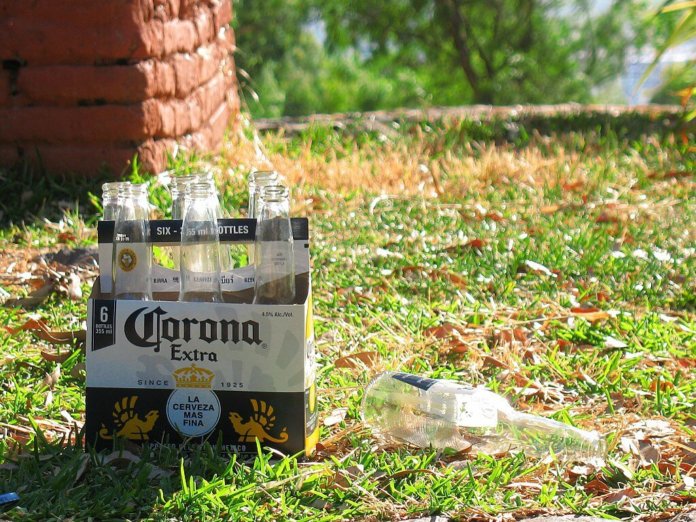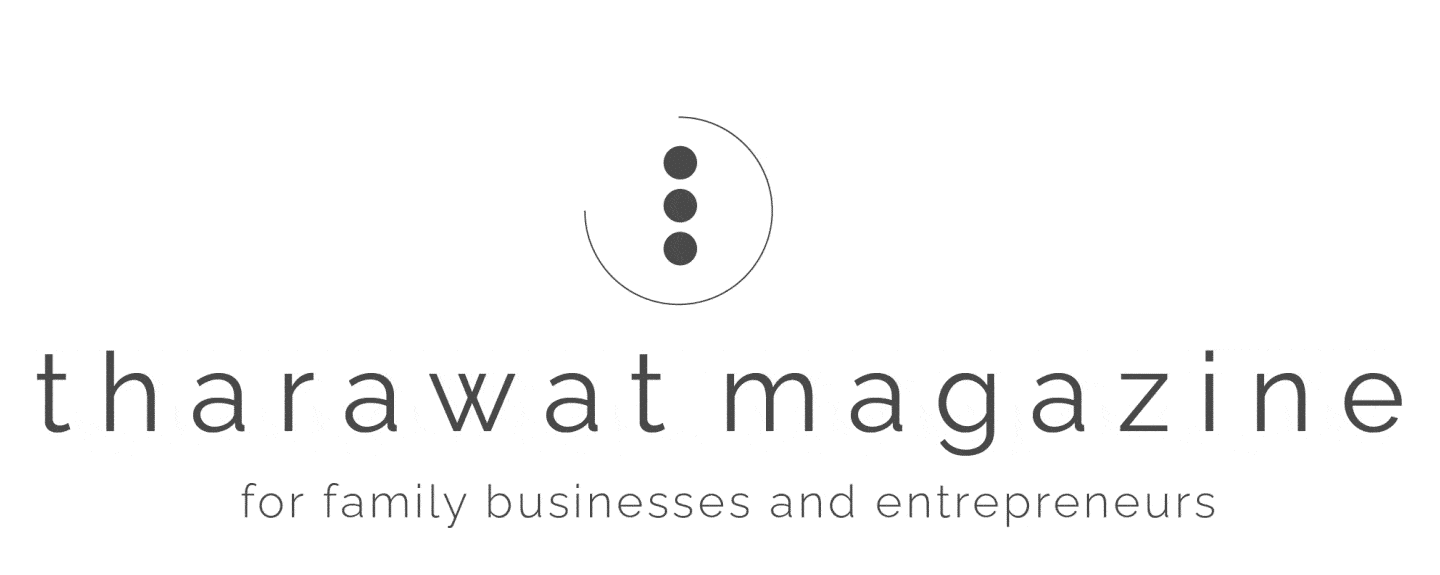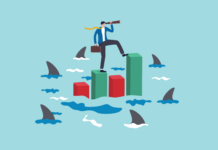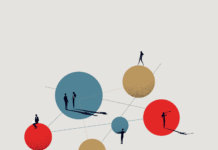
How do you become the largest wine producer in the world? That’s easy, just purchase a sauerkraut factory and let the fates take it from there. Strange as it may seem, that is precisely how Marvin Sands started the company that became what is now Constellation Brands, a goliath in the alcoholic beverage industry that is expected to generate more than $7.3 billion in revenue in 2017.
The Sands family interest in the wine business goes back to 1932 when Marvin’s father Mordecai Sands owned a part of a winery in Queens, NY. After getting out of the navy at the end of WWII, Marvin purchased the Sauerkraut factory in Canandaigua, N.Y for $60,000 which he then turned into a winery called Canandaigua Industries.
The Big Breakthrough
The company experienced middling success for the first ten years of operation. It was only when Marvin set out to create his own brand when he finally struck gold. After a few unsuccessful attempts, he put out a red dessert wine named after his eldest son. Richard’s Wild Irish Rose was launched in 1954 and quickly became the flagship product for Canandaigua. By 1963, Richard’s Wild Irish Rose was generating annual sales of $10 million for the company.
Years later, Marvin explained why he believed the wine had become so successful: “Unlike California flavored wine, Wild Irish Rose is a pure grape wine with no flavors added. It gets its unique taste only from the grape varieties used.”
The First Period of Expansion
The success allowed Canandaigua Industries to buy up other small wineries around the world. By 1984 it had acquired 11 wineries bringing in established brands such as Manischewitz and Italian Swiss Colony.
With the growing empire came greater management challenges. Marvin’s son Robert serves as the current CEO of the company and remembers some key management lessons he picked up from observing his father.
“He really cared about the people who worked for him and he had an open door policy. Regardless of whether the person worked on the bottling line floor or was a senior executive, he treated everyone the same,” Robert told Forbes in a 2013 interview. He was a strong believer in leadership by example and having people emulate what he did as opposed to telling people what to do. He encouraged people to do their best and enjoy what they do. He accomplished things through collaboration, as opposed to command and control.”
The Constellation Expansion
Marvin Sands stepped down in 1993 and handed the reins to his son Richard. The 1990’s saw even more aggressive expansion as the company continued its evolution from being a dessert wine producer to producing and marketing table wines in every tier from the low end to the luxury brands.
In 2000, Richard Sands changed the company name to Constellation Brands to reflect the vast array of products they produce and distribute.
A New CEO and a New Product Skew
In 2007, Robert took over from his brother and had to steer the ship through the worst economy the country had seen since the Great Depression. Robert saw an opportunity in the beer market and in 2013, acquired Grupo Modelo’s U.S. Business from Anheuser-Busch InBev for approximately $4.75 billion. The deal brought the Mexican beer crown jewel Corona under the Constellation umbrella and instantly made them the third largest player on the beer side in the U.S.
Robert sees the premium beer business as a key factor in Constellation’s future success.
“We’ve had dramatic success with Corona, Modelo Especial has now become the No. 2 import in the United States, and Pacifico is coming up right behind it. It’s going to be a fantastic, fantastic growth driver,” Sands said told CNBC earlier this year. “As retailers start realizing that they’re over-allocated to low-margin, low-growth brands and they need to allocate more space to higher-margin, their go-to is going to be the Constellation portfolio. Period.”
Today Constellation has more than 200 alcohol brands, making them the largest wine company in the world, the largest multi-category supplier of beverage alcohol in the United States, and ranks as one of the largest importers of beer in the world.
The inevitable destination for a business started as a run-down sauerkraut factory in 1945.









